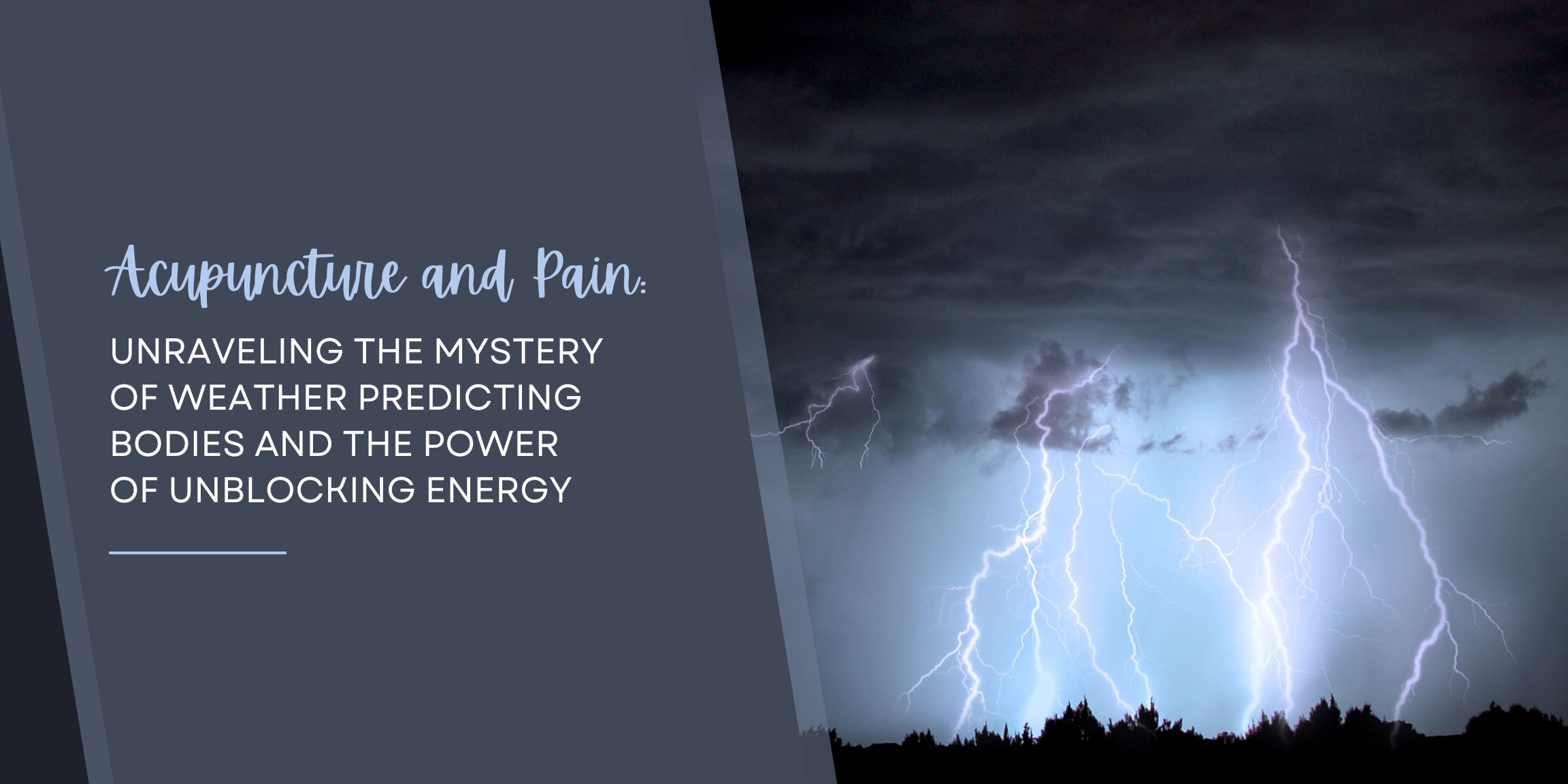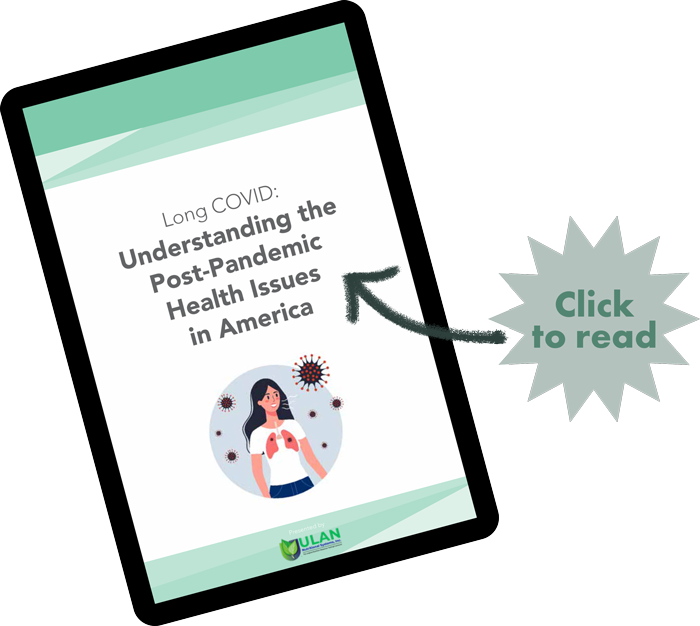
Acupuncture, an integral part of Traditional Chinese Medicine (TCM), has been practiced for thousands of years. It is increasingly gaining recognition in Western medicine for its effectiveness in treating various types of pain. The philosophy of acupuncture is rooted in the principles of bi-syndrome, stagnation, and the body’s unique and surprising ability to predict weather changes. Let’s delve into these fascinating aspects of acupuncture and understand how they contribute to pain management.
Acupuncture: A Primer
Acupuncture involves the insertion of very thin needles at specific points in the body, known as acupoints. This is done to regulate the flow of ‘Qi’ (pronounced “chee”) or life force energy, thereby promoting healing and wellness. When Qi flows freely, we experience good health. When it’s blocked or disrupted, we experience illness or pain. This is where the concepts of bi-syndrome and stagnation come in.
Understanding Bi-Syndrome
In TCM, bi-syndrome refers to a group of symptoms that are typically associated with pain, numbness, heaviness, and swelling in the muscles, tendons, bones, and joints. The term ‘bi’ means obstruction, and it’s believed that bi-syndrome occurs when Qi and blood circulation in the meridians (energy channels) are blocked. Weather changes, particularly cold, dampness, and wind, are considered significant factors in causing bi-syndrome.
By using acupuncture to stimulate specific acupoints, we can help to unblock the Qi, improve circulation, and alleviate the symptoms of bi-syndrome.
Stagnation and Its Role in Pain
Stagnation in TCM is associated with the concept that pain is the result of blocked or stagnant Qi or blood. When the free flow of these vital substances is impeded, it can lead to pain. This concept is similar to the way Western medicine understands that poor blood flow can lead to tissue damage and pain.
Acupuncture’s role in treating stagnation-related pain involves the stimulation of acupoints to restore the free flow of Qi and blood. This action reduces pain and promotes healing.
Our Body: The Weather Vane
Have you ever noticed how some people claim they can predict the weather based on their joint pain? It turns out, this isn’t just an old wives’ tale. Changes in atmospheric pressure, temperature, and humidity can indeed affect our bodies, particularly those suffering from chronic pain conditions like arthritis. This phenomenon is closely linked to the concept of bi-syndrome in TCM.
As the weather changes, those with bi-syndrome might experience exacerbated symptoms due to the Qi and blood in their bodies becoming more blocked. Acupuncture, therefore, can play a significant role in mitigating these weather-related pain flare-ups by maintaining the smooth flow of Qi and blood.
Acupuncture offers a unique and natural approach to pain management, embracing concepts like bi-syndrome and stagnation and acknowledging the profound interconnectedness between our bodies and the environment. By unblocking Qi and promoting the free flow of energy, acupuncture not only provides relief from pain but also helps us better understand and tune into our bodies.
If you’ve been struggling with chronic or weather-related pain, or know someone who is, consider giving acupuncture a try.
Your body – and your peace of mind – might thank you for it.


